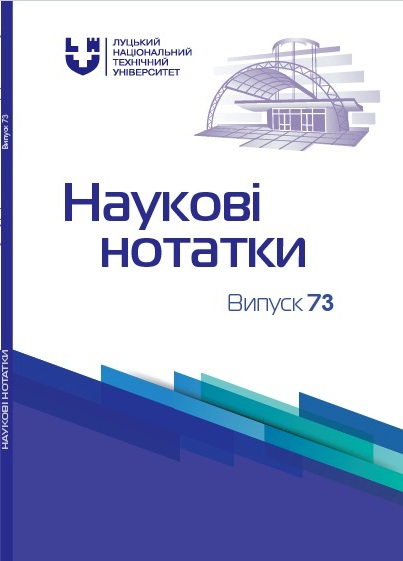INFLUENCE OF TECHNOLOGICAL METHODS OF PRODUCTION ON THE LEVEL OF RESIDUAL AUSTENITE IN THE WORKING LAYER OF PRODUCTS FROM CHROMIUM-NICKEL CAST IRO
Abstract
The article presents the requirement for large-sized parts made of chromium-nickel cast iron, operating under conditions of alternating specific loads and temperatures. It is noted that one of the significant disadvantages of such cast iron is the presence of residual austenite in it, which disintegrates during operation and increases the tendency to chipping of the working surface. The scientific directions of research work are given in which research is being conducted aimed at improving the level of operational properties of chromium-nickel cast irons. It is noted that one of the significant disadvantages of such cast iron is the presence of residual austenite in it, which disintegrates during operation and increases the tendency to chipping of the working surface. A procedure for determining the content of the proportion of retained austenite in the structure of chromium-nickel rolls is given. The results of studies of the effect of nitrogen blowing of chromium-nickel cast iron on the level of residual austenite in the working layer of large castings are presented.





